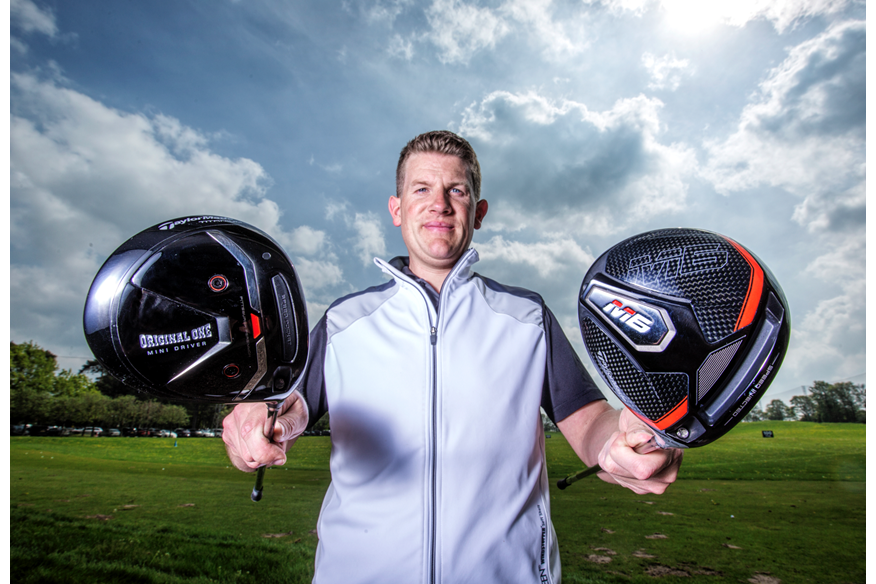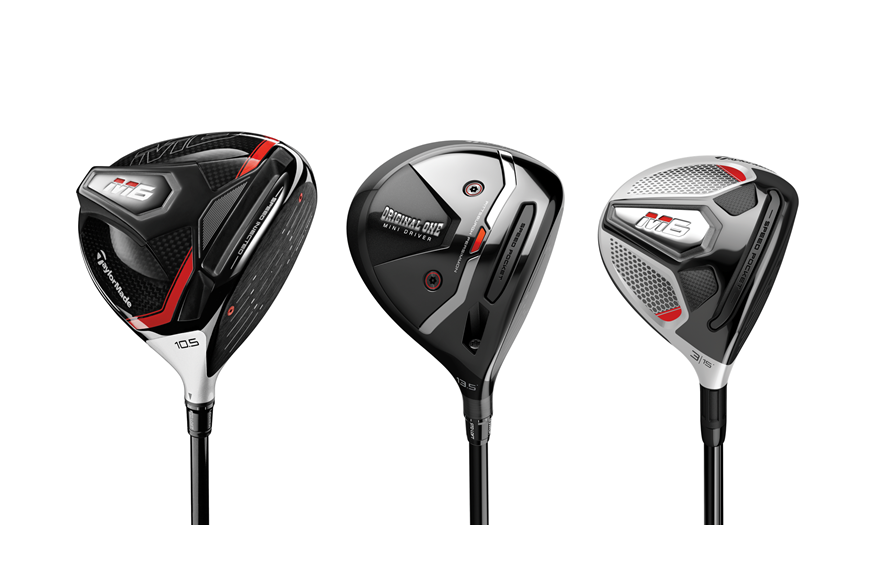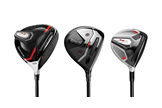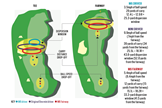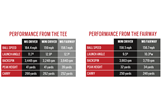TESTED: Mini Driver vs Normal Driver
Last updated:
TaylorMade celebrate their 40th anniversary in 2019, and to mark the occasion they’ve unveiled a new mini driver.
The original Pittsburgh Persimmon metalwood launched by the company in 1979 changed the game, convincing many golfers to switch from old-fashioned wooden drivers to the metal equivalent best drivers.
So the new Original One (Pittsburgh Persimmon) has been created to showcase both the brand’s heritage, but also its latest technologies, like Twist Face.
There have been two previous mini drivers (SLDR and AeroBurner in 2014 and 2015), but this Original One is a very different beast. It comes in just one loft, 13.5º (previous models came as 12º, 14º or 16º models) and the multi-material head has a lightweight titanium chassis, carbon-fibre crown and 50g stainless steel soleplate. Both previous mini drivers were made from heavier, stainless steel.
The 275cc head may be 60 per cent of a modern driver size, but it’s nine per cent bigger than the AeroBurner Mini. To help us understand where a mini driver fits in, we got TG Test Pro Neil Wain to hit the Original One alongside a TaylorMade M6 driver and fairway wood.
He hit shots from a tee and fairway, allowing us to show how each compares, and determine if a Mini Driver really does have a place in golfers’ bags.
TESTED: Which TaylorMade iron suits me?
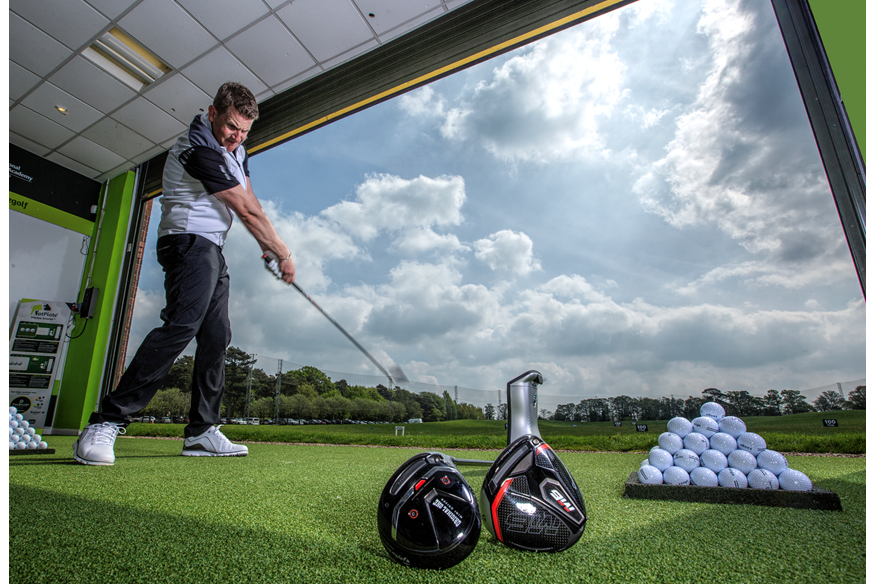
ROBOT TESTED: Which golf ball suits my game?
From the tee:
There’s no doubt the Original One is powerful – it was just four yards behind an M6 driver off the tee. For golfers who aren’t fans of the size of modern drivers, the mini is an excellent shout. Yes, thanks to the extra loft you give up a chunk of ball speed, but in terms of carry distance (when shots are hit from the centre) you lose virtually nothing.
But for golfers who aren’t the most confident from the tee, the driver is probably still a better option as it’s more forgiving. Our test pro saw a drop-off of 26 yards (and a 25-yard dispersion window) between on and off-centre hits with the M6 driver, whereas the Mini had 39 yards between its longest and shortest shots (and a 44-yard dispersion window); that tells us for many club golfers the Mini won’t be the most forgiving option.
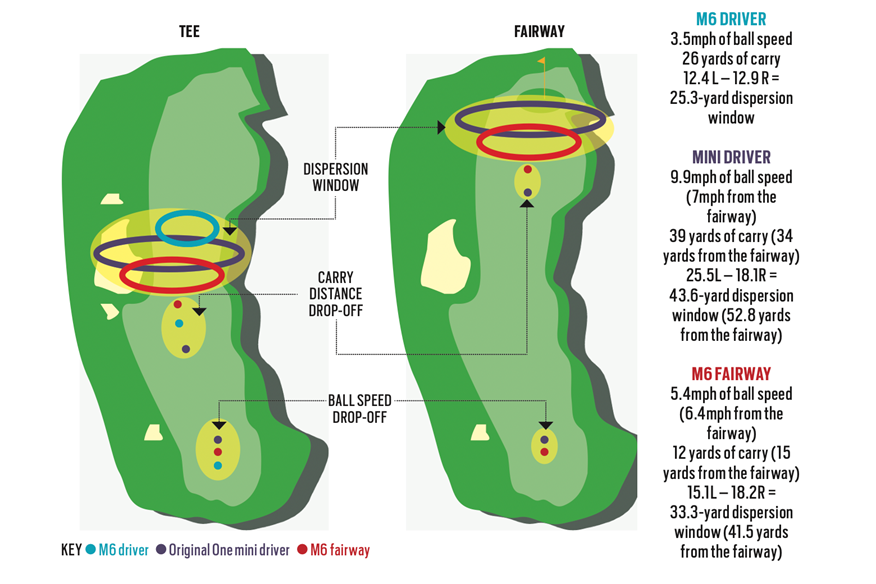
From the fairway:
A lot of golfers like our test pro will find the 13.5° loft (along with its larger head and deeper face) intimidating to hit when it’s not teed up. Even if you’re not scared of the loft, you will need plenty of clubhead speed to flight shots properly from the turf with the Mini.
Our data shows there are gains to be had, though, if you’ve got the speed (our test pro admitted he didn’t quite have it), which for hard hitters could bring even the longest par 5s within reach in two.
If you’re a confident fairway wood player who launches it high from the turf and really wants to rinse every last drop of ball speed and carry-distance from a fairway, it could be an option, too.
TESTED: Titleist Pro V1 vs TaylorMade TP5 golf balls
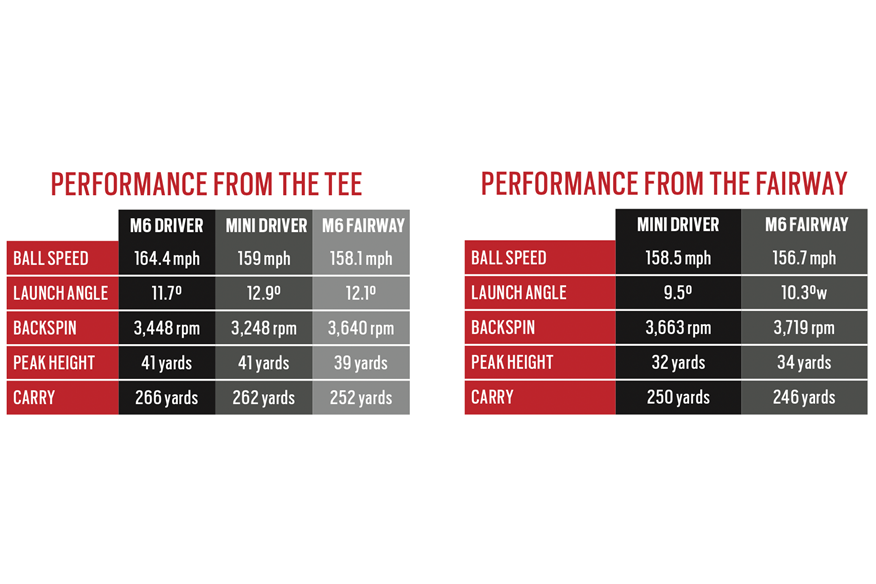
TaylorMade Original One Mini Driver: Verdict
Who does Mini really suit? The answer for us is very specific golfers. Modern drivers are so forgiving, their sheer size can be the best option for golfers sweating over a tight fairway or the first tee shot of the day.
Mini will come into its own for golfers who find looking down at a smaller head boosts confidence and focus. And, generally, for golfers with above-average swing speeds who can make the most of what it brings to the table in terms of giving nothing up from the tee, and adding a fraction more distance (with extra run out thanks to the lower loft and launch) from the fairway.
Try one before deciding if your game will benefit from a Mini driver.
